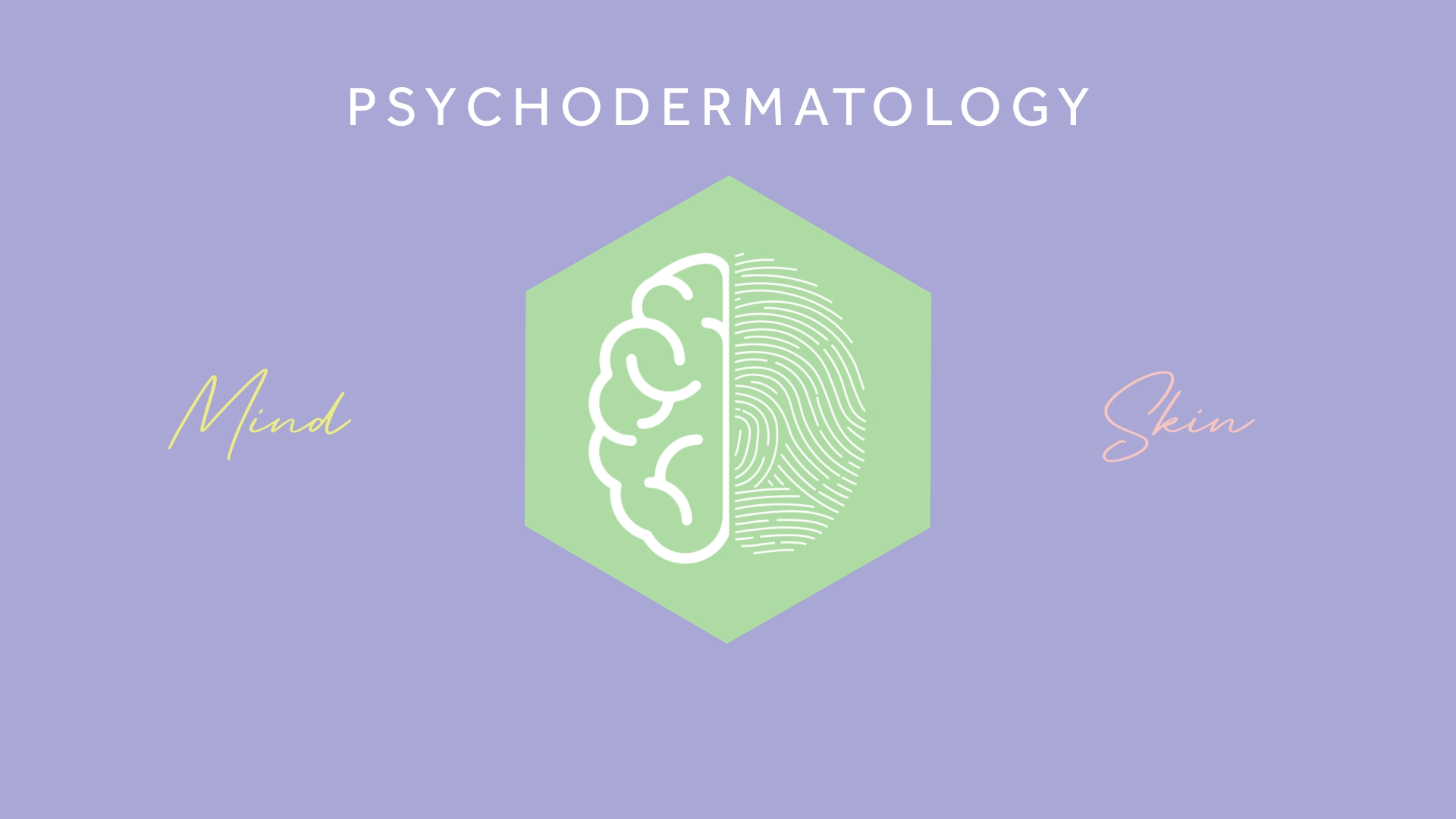You may have heard of "skin cycling" making the rounds on social media—but what exactly is it, and why are dermatologists backing it?
Skin cycling is a strategic skincare method that involves rotating your active ingredients over a 4-day cycle to minimize irritation and maximize results.
Coined by board-certified dermatologist Dr. Whitney Bowe, the technique is rooted in science, not just hype. It's particularly effective for sensitive and acne-prone skin types.
“Skin Cycling takes a “less is more” approach, being thoughtful and deliberate about your skincare routine. Rather than adding more products on top of one another, Skin Cycling encourages you to use products in a strategic way to compliment one another.”
Who is Skin Cycling For?
Skin cycling can work for almost everyone. Whether you’re new to skincare or already know your ingredients, it’s a routine that’s easy to follow and really effective. It’s especially great for:
- Sensitive or reactive skin
- Acne-prone or oily skin
- Beginners looking to introduce actives
- Anyone repairing their skin barrier
The 4-Night Skin Cycling Routine
Think of skin cycling as your skin’s weekly workout plan—just the right mix of active ingredients and recovery time to keep things balanced, clear, and glowing.
Night 1 – Exfoliation Night

Start with a gentle foaming cleanser like SEREKO’s
Vitamin C Clarifying Cleanser — enriched with Acerola Cherry, Tea Tree Oil, and Witch Hazel to brighten, calm, and prep the skin without irritation.
You can pair it with a gentle chemical exfoliant like AHAs (e.g., glycolic or lactic acid) or BHAs (like salicylic acid). This removes dead skin cells and helps other ingredients absorb better.
Exfoliating 1–2x/week improves texture, reduces dullness, and clears pores without damaging the skin barrier. (Source: Journal of Cosmetic Dermatology, 2021)
Night 2 – Retinoid Night

This is when you introduce ingredients that help with cell turnover, smooth fine lines, and fade pigmentation. If traditional retinol feels too harsh, try gentler, plant-derived alternatives like Bakuchiol—found in our Vitamin C Clarifying Serum.
- Bakuchiol offers similar benefits to retinol (like boosting collagen and targeting wrinkles), but with far less irritation, making it ideal for sensitive or first-time retinoid users.
- Follow it up with a nourishing moisturizer to keep your skin barrier calm and happy.
Nights 3 & 4 – Recovery Nights
 Skip the actives. Focus on barrier-repairing ingredients like ceramides, peptides & hyaluronic acid or glycerin. These nights help your skin heal, hydrate, and rebuild.
Skip the actives. Focus on barrier-repairing ingredients like ceramides, peptides & hyaluronic acid or glycerin. These nights help your skin heal, hydrate, and rebuild.
If your skin’s feeling dry, tight, or a little reactive, lightweight water-based creams with long-lasting hydration formula (like Aquaxyl™) can make all the difference.
Our Hydra-Crème is powered by a 100H water-lock formula with ceramides, peptides, and glycerin—designed to deeply hydrate, prevent trans-epidermal water loss, and calm irritation without feeling heavy.
Why it matters:
- Overuse of actives can lead to inflammation, redness, and increased sensitivity. Recovery nights give your skin a breather.
Does Skin Cycling Work for Everyone?
The short answer is yes, but not in the same way for everyone.
One of the biggest strengths of skin cycling is its flexibility. Dr. Whitney Bowe emphasizes that while the standard four-night cycle (exfoliation, retinoid, recovery day 1 & recovery day 2) is a great foundation, it can and should be tailored to individual skin needs.
For those with sensitive skin, such as people dealing with rosacea or eczema, the skin barrier tends to be more fragile. In these cases, Dr. Bowe recommends extending the cycle to five nights.
This version includes
- 1 night exfoliation
- 1 night gentle retinoid
- 3 nights recovery
Giving the skin barrier more time to heal and reset.
On the other end of the spectrum, individuals with oilier or acne-prone skin may benefit from a shorter, more active cycle.
Meanwhile, those with oily or acne-prone skin might actually benefit from fewer recovery nights:
- 1 night exfoliation
- 1 night retinoid
-
1 night recovery
This can help manage oil production and reduce breakouts more effectively.
The key takeaway is that skin cycling is not a rigid routine but a framework. It allows people to adjust the rhythm of active and recovery nights to match their skin type and concerns.
Whether your skin is sensitive, reactive, or prone to congestion, skin cycling can be modified to support healthier, more balanced skin.
Conclusion
So if you’re stuck in a cycle of inflammation or dullness, maybe it’s time to start a new one. With the right ingredients and rhythm, clear and healthy skin is more achievable than ever.
Personally, it feels like a breath of fresh air. Like finally understanding that our skin doesn’t need to be perfect every day—it just needs consistency, care, and a bit of time.
At SEREKO, we’re here to walk that journey with you. Whenever you’re ready to start your own cycle, we’ll be right here.



